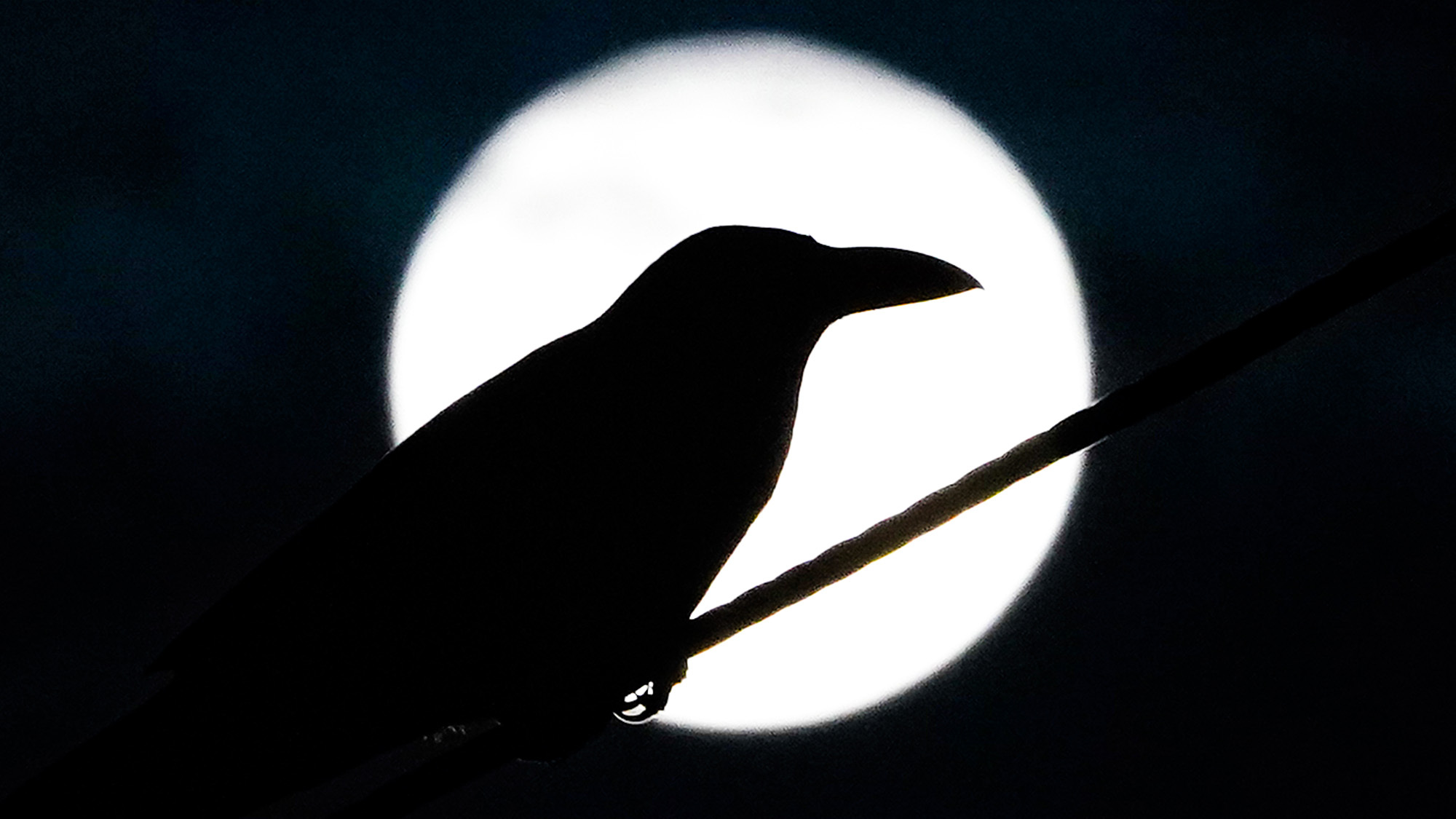

| Early September | Six Planets Before Dawn |
| September 5 | Venus With a Crescent Moon |
| September 17 | Full Harvest Supermoon |
| September 17-18 | Partial Lunar Eclipse |
| September 22 | Autumnal Equinox |
The Northern Hemisphere is heading into fall, with the first of four consecutive supermoons in the books and even the tail end of the Aurigids Meteor Shower. September 1 marks the beginning of meteorological autumn, and we are racing towards the Autumnal Equinox. The night sky will remain pretty hot as the temperatures slowly drop, thanks to the opportunity to see six planets before you head to school or work, Venus next to a crescent moon, and even a partial lunar eclipse.
[Related: 7 US parks where you can get stunning night sky views.]
Early September– Six Planets Before Dawn
Towards the end of August, Mercury, Mars, Jupiter, Uranus, Neptune, and Saturn become slightly more visible in the morning sky. These six planets will stay in that order from east to west into the early part of September.
According to EarthSky, the best time to view these morning plants is just before sunrise. By September 1, a super-slender, old waning crescent moon should indicate where the planet Mercury appears in the sky. The ringed planet Saturn will be somewhat easy to spot, in the western sky in the constellation Aquarius.
Neptune and Uranus may be a bit more challenging. Neptune is slightly closer to Saturn, in the Circlet of Pisces above the western horizon. Uranus will be brighter than Neptune as a blue green disk in the constellation Taurus. Binoculars, a telescope or a star chart will be helpful viewing both Neptune and Uranus and any other celestial bodies.
September 5– Venus with a Crescent Moon
Our celestial next-door neighbor Venus is the brightest planet in the night sky. During September, Venus will set about an hour after the sun. According to Chicago’s Adler Planetarium, this means it won’t be readily visible until it is quite low in the western sky.
On September 5, look low to the west and you may spot it near a waxing crescent moon just after the sun sets.
September 17– Full Harvest Supermoon
The second of four supermoons in 2024 will rise just after sunset on September 17. It then reaches peak illumination at 10:34 p.m. EDT. As a supermoon, it will appear larger from the Earth.
[Related: What is a blue moon and supermoon?]
According to the Farmer’s Almanac, the full moon that occurs nearest to the fall equinox always takes on the name Harvest Moon. The Harvest Moon also rises at roughly the same time, around sunset, for several consecutive evenings. This traditionally gives farmers several extra evenings of moonlight,helping them to finish harvesting before the frosts of fall are scheduled to arrive.
Additional names for September’s full moon include the Leaves Turning Moon or Waatebagaa-giizis in Anishinaabemowin (Ojibwe), the Fall Moon or Ukiuqsraq in the Inupiat Language, and the Little Sister of the Hot Moon or Hayë́:neah in Seneca.
September 17-18– Partial Lunar Eclipse
As if a supermoon wasn’t enough, several spots around the world will get a partial lunar eclipse.
It will be visible across much of North America (except Alaska and Hawaii) and all of South America. It will be best visible at 10:44 p.m. EDT. All Europe and most of Africa may also see the eclipse before moonset or during the early morning hours of the 18th.
For those in Washington, Oregon, and northern California, the full moon will rise in a partial eclipse on September 17.

The moon will pass near the center of the Earth’s shadow, but will not proceed through it. It will brush against the edge of the Earth’s dark umbra instead. The umbra has a distinct, sharp rim and is considered the darkest part of the shadow. During this month’s eclipse, only about one-twelfth of the moon’s diameter will be within the umbra.
[Related: Hubble just captured a lunar eclipse for the first time ever.]
September 22– Autumnal Equinox
Fall officially arrives in the Northern Hemisphere at 8:44 a.m. EDT on September 22. The autumnal equinox occurs at the exact same moment around the world. It is the second equinox of the year, following six months after March’s Spring equinox.
During an equinox, the sun crosses an imaginary extension of Earth’s equator line called the celestial equator. The equinox happens precisely when the sun’s center passes through this imaginary line. In the Northern Hemisphere, the autumnal equinox happens when the sun crosses the equator from north to south. When the sun crosses from south to north, it marks the spring or vernal equinox, which is what happens in the Southern Hemisphere in September.
The days will continue to get shorter than the nights, since the sun will rise later and set earlier. This continues up until the winter solstice in December, when the days begin to slowly grow longer again.
The same skygazing rules that apply to pretty much all space-watching activities are key this month: Go to a dark spot away from the lights of a city or town and let the eyes adjust to the darkness for about a half an hour.